How games are built and rebuilt for conventions
Crafting the perfect showcase.

Games are not built in sequential order, one level or area after another until the job is done. Instead, they’re composed of pieces that are built sporadically. Some developers even advise building the first sequence in a game at the end of a project, so that you can draw on the lessons you learned throughout the process to create a smooth opening. Demos, then, can be something of a Frankenstein’s monster.
“The simple truth of the matter is demos are showing something which looks like a final product long before there’s a final product,” says Jason Stark of Ninja Pizza Girl dev Disparity Games. “Even when you do show a finished game you often have to change things so it presents better as a demo. The first level in most games is a crappy demo. Pacing is off. Who wants to sit through a slow, dramatic build-up in a crowded, noisy con floor?”
Joe Mirabello developer of bullet-hell FPS MOTHERGUNSHIP echoes that feeling. “A great demo can unfortunately lead to producers and stakeholders thinking development is further than it is. Oftentimes the stuff made for demos was made for real—just not with the considerations for how it would be expanded or supported after the demo. It’s that system expansion that often leads to refactoring, and it can lead to periods after the demo where progress feels ‘stalled’ as everyone plays catch-up.”
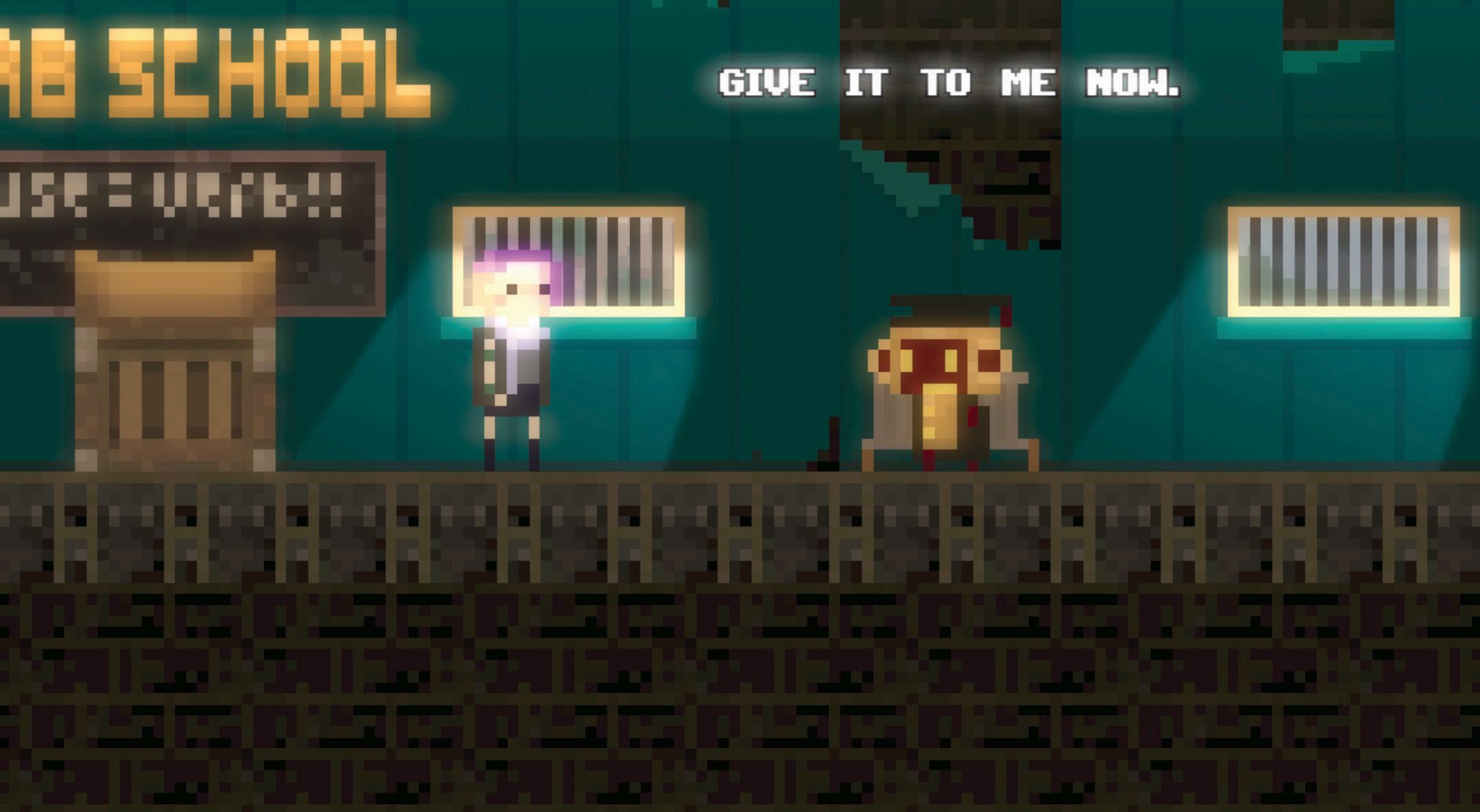
This period of ‘catch-up’ comes with a cost, as Mirabello details. “Demos demand a focus on polish. They demand attention to marketing. They demand dropping all the new things you want to do just to focus on a small sliver of the game that may or may not be in the final game. These things directly compromise the progress a developer wants to make ‘on the actual game’. And that’s all before the demo is made. And then, afterwards, there is a debt to pay in cleaning up the wreckage from the rush attitude.”
Developers are finding cost-effective ways to bring their games to event floors, though. Haley Uyrus, marketing manager of Failbetter Games, shares how the team brought Sunless Skies, to EGX Rezzed. “Since we’re in a hugely busy time of development, we couldn’t spare much time on making a specific show build. What we did for Rezzed was create a special save file we loaded up each time when someone sat down to play. This was our quality analyst’s (Lesleyann White) idea, as she’s great at coming up with things that are effective but easy for our team to manage. This save started fans out within the main port, New Winchester, so players could experience our stories right away and also so they couldn’t get lost in space right at the start.”
Charlotte Gore, developer of adventure game Yorkshire Gubbins, also managed to bring a piece of her game to EGX Rezzed with a few last-minute tweaks. “I did a bit of an upgrade to Verb School [Yorkshire Gubbins’ tutorial], updating the background art with more details, redoing the colour grading and did a ‘camera pass’ – this is where I script close ups etc. It’s a feature of the current work-in-progress stuff, but not yet in the main game. It was a good opportunity for me to test how players responded to this sort of feature, and, I’m happy to say, they reacted well!”
When it hits home
Moo Yu, co-developer of Knights and Bikes, put the cost of show build development in concrete terms. “We’ve made two show builds for Knights and Bikes and each one has taken a month to make,” Yu says. “The hope is always that this is all work that we’d be doing eventually anyway and that we’re just doing it a bit earlier than we would have otherwise. … What’s interesting when you start making a show build is that it all becomes real. While you’re in development, it’s easy to let things slide or think you’ll come back to something, but the moment you mentally clock that real people are going to play this build, your perspective quickly shifts from that of a developer to that of a player, which immediately leads to tons of improvements on the game and lots of ideas that you hadn’t considered from the other view.”
The biggest gaming news, reviews and hardware deals
Keep up to date with the most important stories and the best deals, as picked by the PC Gamer team.
The devs I spoke to reported gaining valuable feedback as a result of their experiences. Arvydas Žemaitis of Shoppe Keep 2 developer Strange Fire claims to update their builds on the show floor, over 20 times per event. “That first half hour is the time that will either hook your player, or make them ask for a refund. Call it a life-or-death scenario. And if you can make the experience of the people who try your game before it hits the market a better one with a unique show build – all the better.”
Last in show
Some genres are difficult to show off in a quick show floor demo.
Adventure games
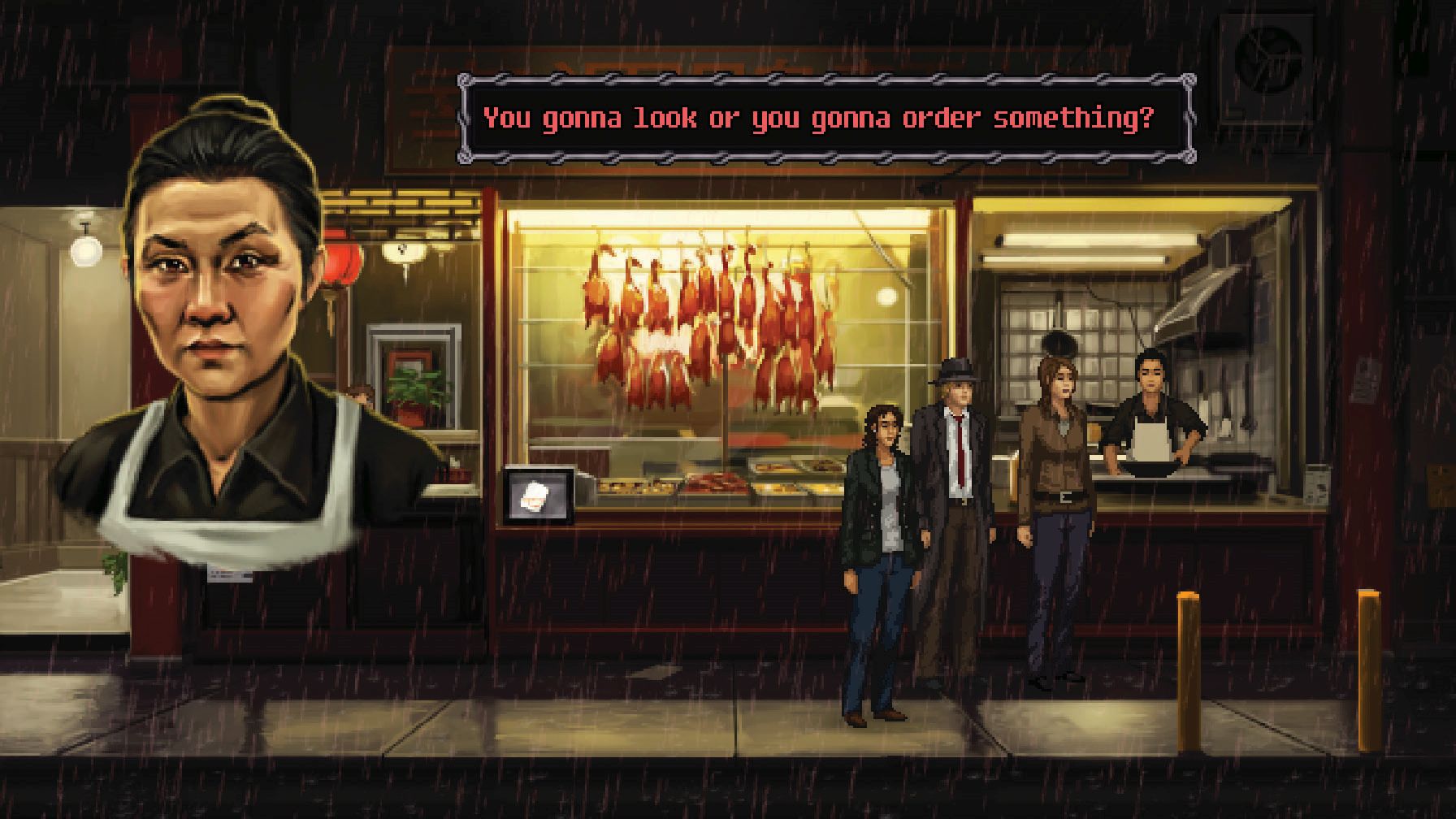
Adventure game developers across the industry reported that the slow-paced narratives of these titles and the concentration needed to solve puzzles made the games difficult to showcase—especially for more than one player.
Management games
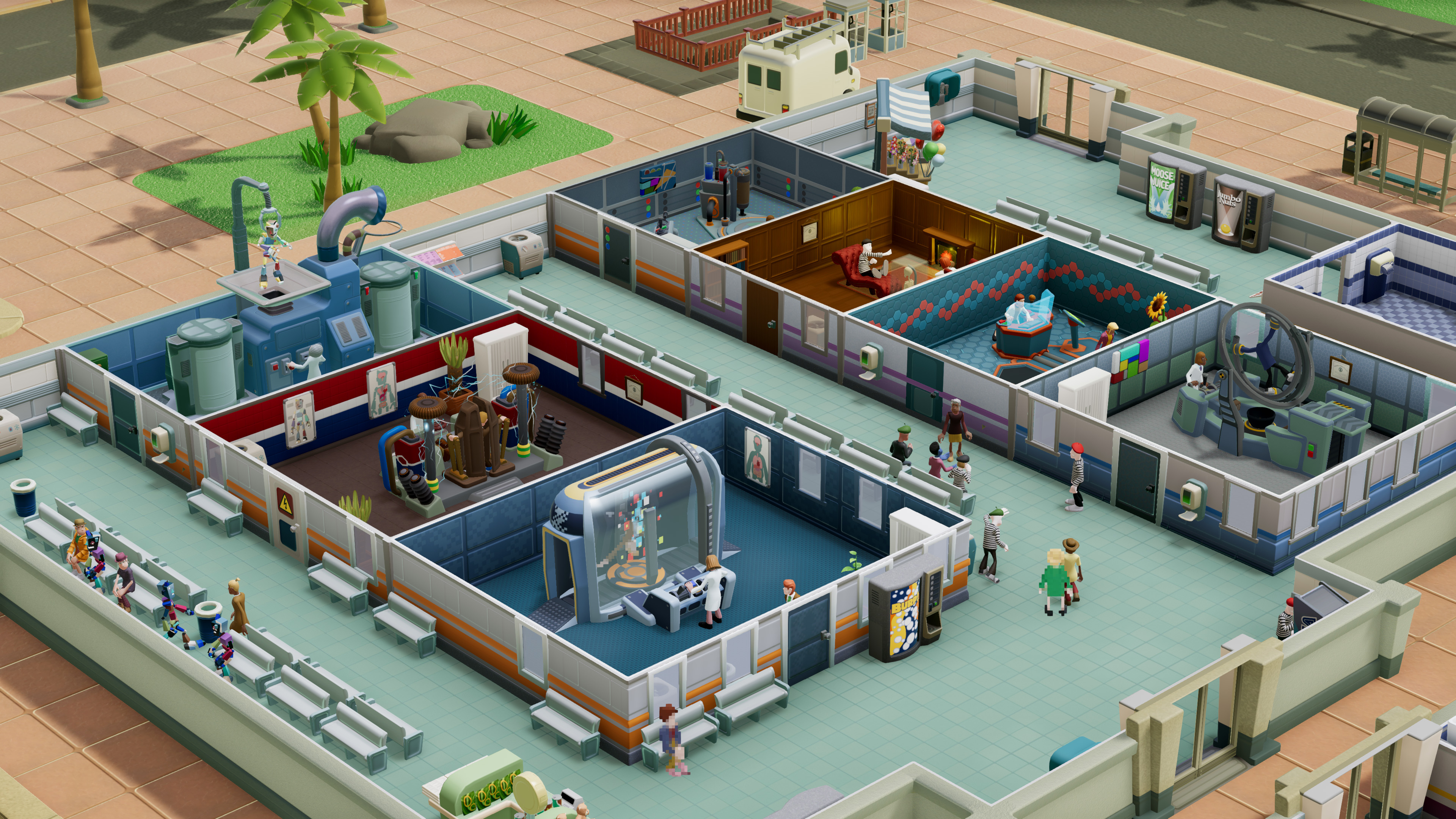
Teaching players how to navigate the multifaceted, interlocking systems of a management game, with the unique UI and varying controls that accompany them, is tough enough without the distractions of a typical show floor.
Music games
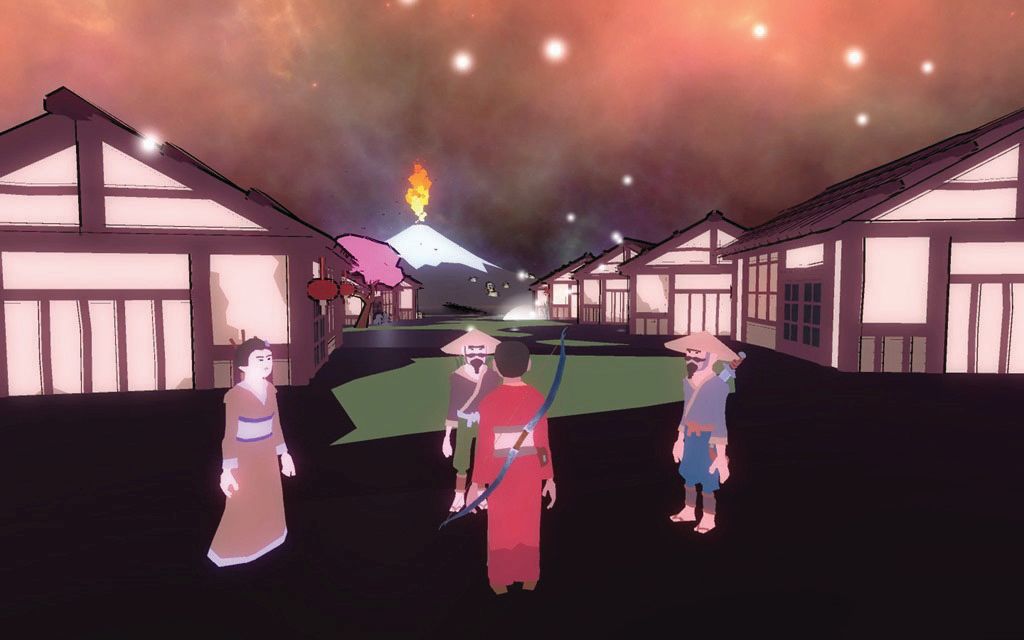
David Su of video game musical Yi and the Thousand Moons stated that it was difficult to attract potential players when its relaxing narrative was being drowned out by the noise of a busy convention show floor.
Anything that requires an explanation or time
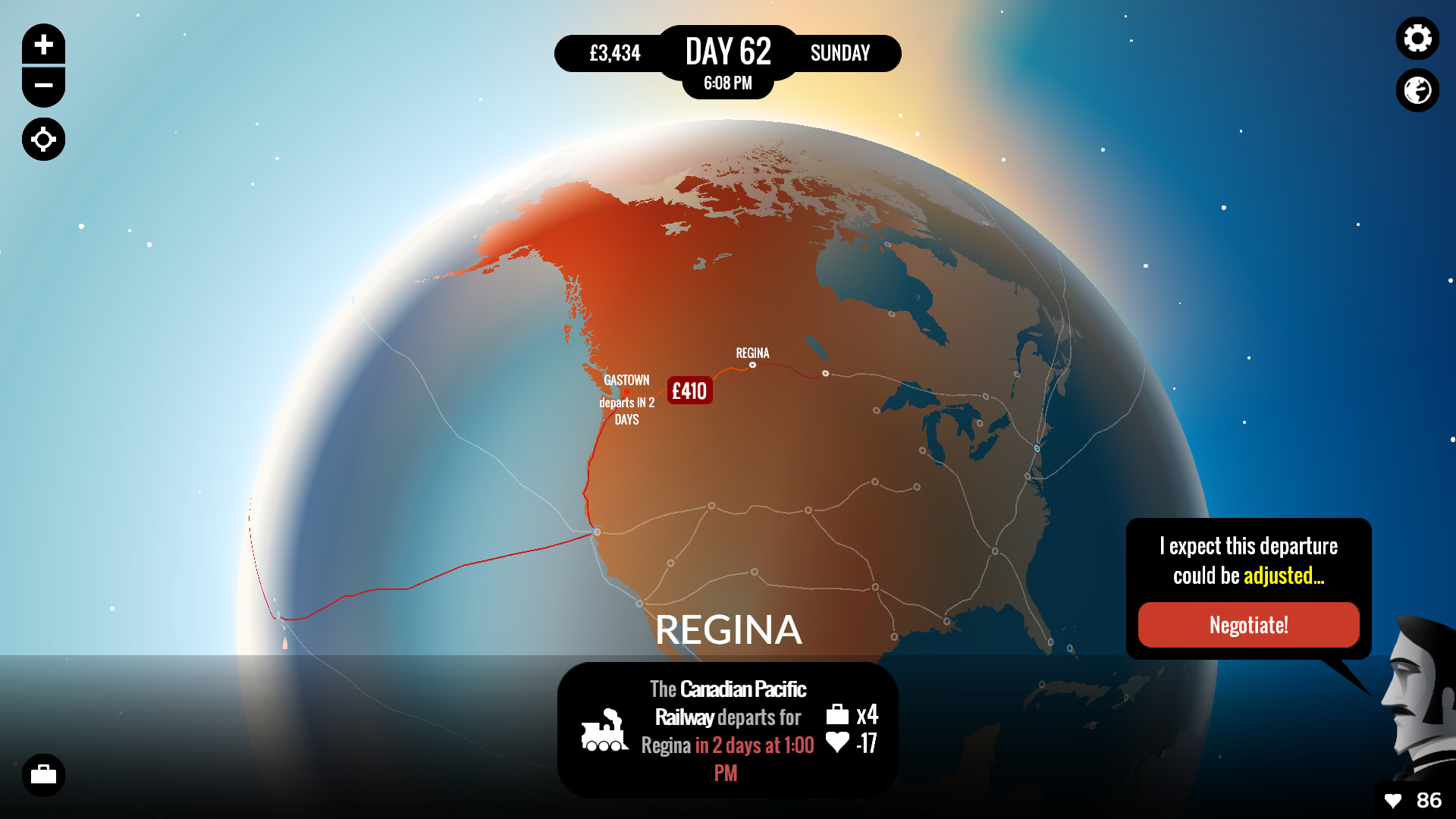
From stealth Metroidvanias to the globe interface of inkle’s 80 Days, whenever a game requires an explanation or time investment to explore its true nature, it’s difficult to keep players interested.

